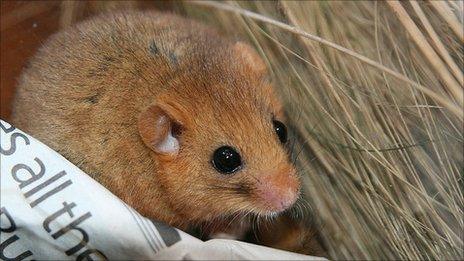Nottinghamshire dormice: Hopes for breeding link-up
- Published
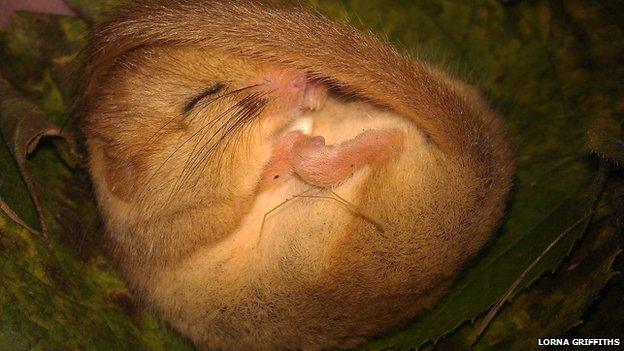
Baby hazel dormice have been spotted in Eaton Wood and Treswell Wood in Nottinghamshire
It is hoped two populations of dormice, which have successfully started breeding, will link up to breed with each other.
Babies have been spotted in Eaton Wood, Nottinghamshire, after 42 captive-bred, hazel dormice were released in June.
In 2013, the People's Trust for Endangered Species released a population in nearby Treswell Wood, which has also started breeding.
Lorna Griffiths, who recorded the rodents, said she was "overjoyed".
Although captive-bred dormice have been released dozens of time across the country, it is the first time two populations have been deliberately released near one another.
The aim, Ms Griffiths, who is chairman of the Nottinghamshire Dormouse Group, said, is to improve diversity among the rodents, which were once widespread in Britain.
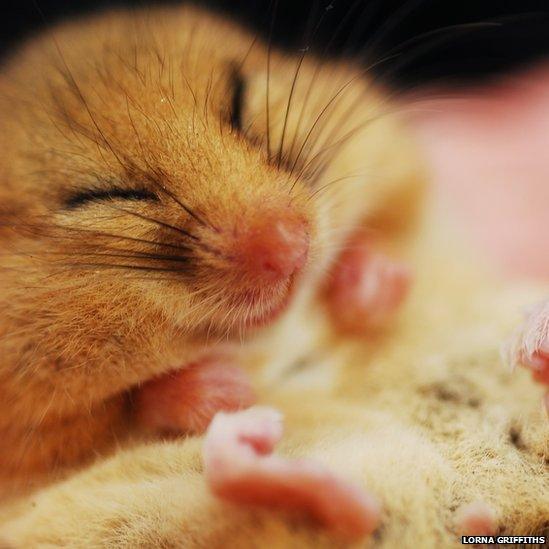
The nocturnal animals, which live in deciduous woodland, hedgerows and dense scrub, have been hit by changes to woodland management and farming practices, loss of hedgerows and fragmentation of their woodland habitat.
Surveys were carried out in October in both woods, which are managed by Nottinghamshire Wildlife Trust.
Ms Griffiths said families of dormice were spotted 190m (208 yards) from their release site in Eaton Wood, near Retford, just three months after they had been released.
"I'm overjoyed that the dormice appear to be doing so well and are settling in to their new home," she said.

Dormouse facts
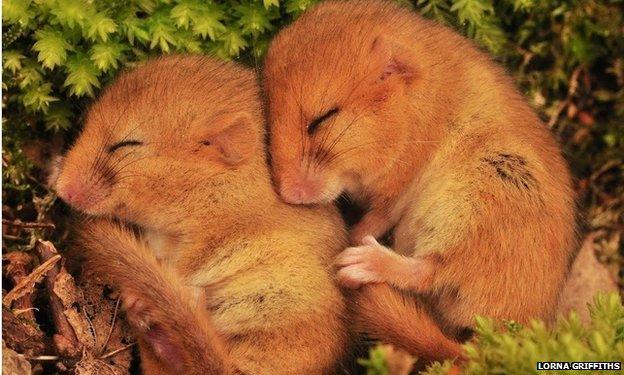
The hazel dormouse was once widespread in England and Wales
Dormice are protected by law and should not be disturbed, injured or killed in their nests
They eat berries, chestnuts, hazelnuts and some native flowers

- Published10 June 2014
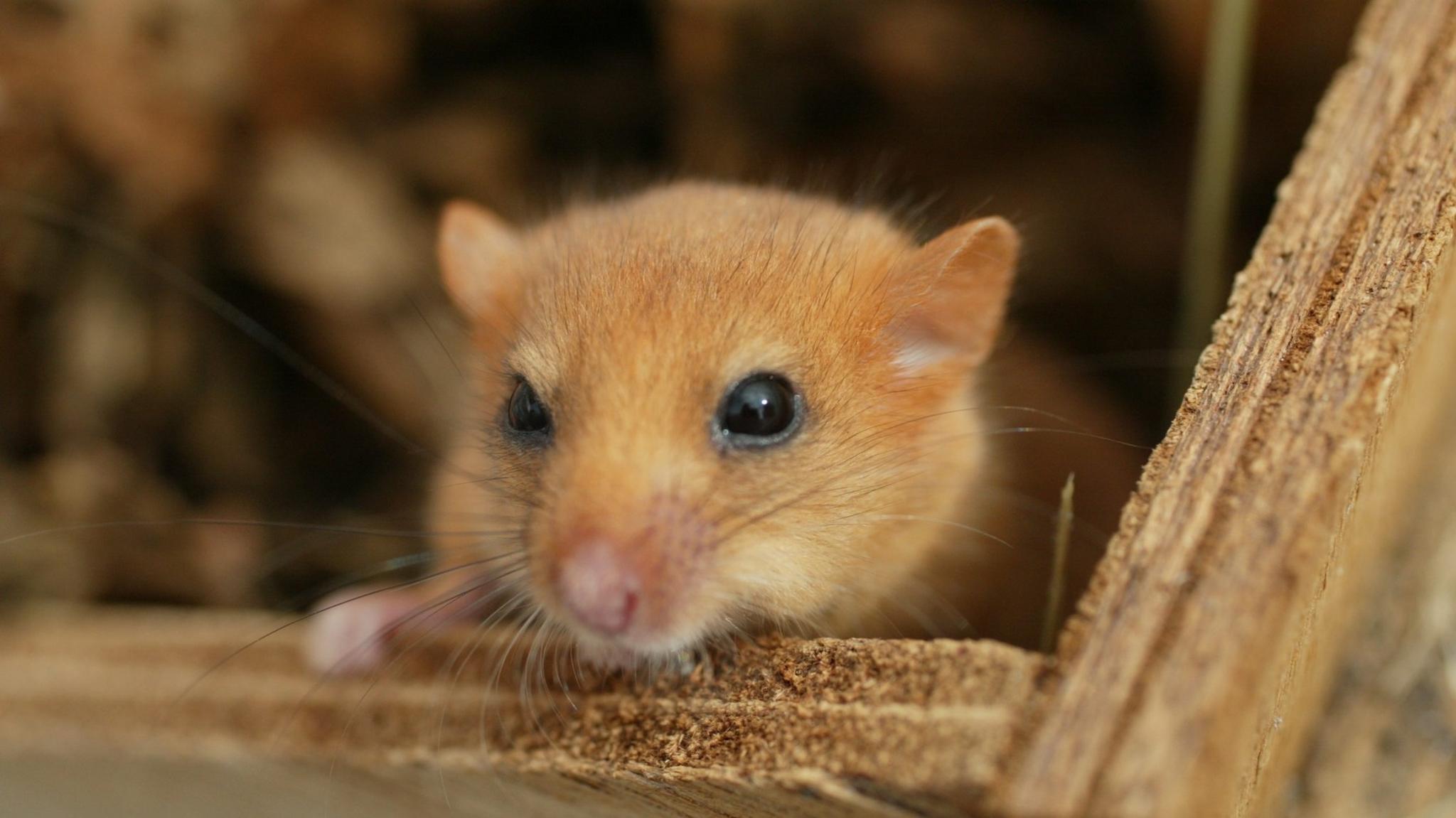
- Published21 June 2013

- Published30 August 2010
- Published1 August 2010
- Published26 May 2011
